Our Morocco drive consisted of the following:
Day 1: Drive around Essaouira, a sand dune session and rock crawling. We then take the rural route into Marrakech via gravel roads, a motorway and a long detour around town. I had the SDV8 (diesel) on day one.
Day 2: Drive towards the Atlas mountains, veer off and wade through the river. I will be driving the SCV8 (petrol) on this leg.
Our routes were coded into the GPS so we wouldn't get lost. Even the offroad trails were coded in!
Getting familiar with the car was not as intimidating as I thought it would be. Seat & mirrors set up, it was time to summon the SDV8. Prod the engine start button and the SDV8 roars to life. This is a 4.4L V8 turbo-diesel with 700 Nm of torque on tap.
Since the engine was cold, it did clatter noticeably, but the noise died down once operating temperature was reached. Conscious that I had 339 horses under my right foot, I gingerly set off. Once out of the hotel, we started picking up more speed. I realised that the car is a gentle giant and easy to control. Power delivery is linear, there is no lag so you don't need to cane the engine. It did not feel restrained either...situation is akin to having Dara Singh as your butler. You want reserves of power and it will deliver with no fuss or drama. The transmission ratios are well-matched to the torque delivered. Shifts are smooth and kickdown is responsive, but it's no DSG. The SDV8 has bags of torque and easily munches up the miles. The high torque and an 8th gear ratio mean cruising is effortless. 120 kph sees the rpm needle hovering around at 1,300 only.
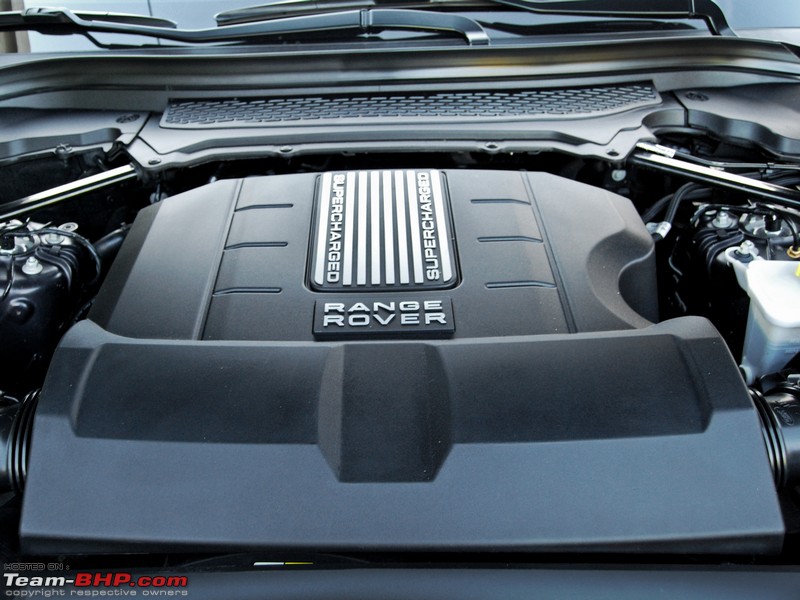
The second day was spent with the petrol, a supercharged 5.0L V8 with 503 BHP & 625 Nm of torque on tap. Expectedly, the V8 petrol is more vocal and aurally more pleasurable. JLR engineers state that the NVH was intentionally tuned this way as this variant is meant for the more enthusiastic driver. At startup, the engine woofles nicely. With a light foot, the acceleration note is a soft V8 beat and not a macho AMG note. What was surprising was how much lighter and responsive this car was. Kickdown is brutally fast with the car lunging forward at the slightest opportunity. Fun on the open road, irritating in stop-start traffic. The sheer acceleration is neck snapping with the 0 - 100 kph dash dismissed off in 5.3 seconds. Compared to the SDV8, it felt light but is actually only 40 kilos lighter.
Handling-wise, the weight loss is apparent. You are conscious that the centre of gravity is lower. Turn-in is responsive and the Range Rover feels much more eager. There was very little roll that was apparent. The SUV was rock stable on fast corners and could hold its line on tighter ones as well. The Range Rover isn't as hard-edged as a Cayenne or an X5 in driving dynamics, yet it is closer. The steering feel was progressive. JLR managers did ask us a lot about this aspect and were keen to hear our feedback. It was mentioned that the Range Rover's launch was delayed, as engineers were busy fine-tuning the steering's feel. The maneuverability does belie its size, you can do a 3-point turn with ease. This is made simpler with blind spot alarms and parking aids. But don't forget, the Range Rover is still a big SUV.
Climbing up the Moroccan plateau, we had numerous hairpin bends and loose gravel to contend with. Yes, it was time for some fun. In bends where one could see that there was no oncoming traffic, I took a racing line and powered in. The car was deft and, again, the weight loss was very obvious. A group of journalists from Korea were caning their SCV8 hard and the car never seemed to lurch at all. The
Dynamic Response system fitted on the V8 models greatly reduces body roll. JLR showed us comparison pictures of the old and new Range Rovers taking a curve, and the difference in roll angles was significant. The steering is accurate enough to let you know what is happening, yet it's not as tactile as the BMW X5's. The Range Rover is not a pure handling machine like the BMW or Porsche; it's a competent one.
We then merged onto the motorway. In less than 5 minutes, the Range Rover suddenly took on a different character. It became softer and noticeably more pliant. The chassis development director mentioned that, based on consistent road inputs, the chassis will adapt accordingly. Behind a truck, the adaptive cruise control automatically slowed the car and maintained a safe distance. I merely glanced at my left mirror, signalled and the car leapt forward as I pulled out into the overtaking lane. High speed braking is strong. The brakes provide good feel and are very, very powerful.
Beyond the initial clatter, the car is otherwise refined enough. Quoting JLR's figures, road noise is 65.2 dB on 22" wheels. Its nearest competitor is 67.6 dB on 18" wheels. At high speeds, the mirrors do cause a certain amount of wind noise though. I understand the front vents (in the bumper) channel air around the car to prevent buffeting.
Part of our journey saw us taking rough rural roads. Where the Range Rover wins hands down is its mile eating capacity, irrespective of the terrain. Initially, we were driving on pure loose gravel. The speeds ranged between 60 - 100 kph and there wasn't a sound or a murmur.
One needs to contend with donkeys and overloaded W123 taxis on narrow Morocco roads:
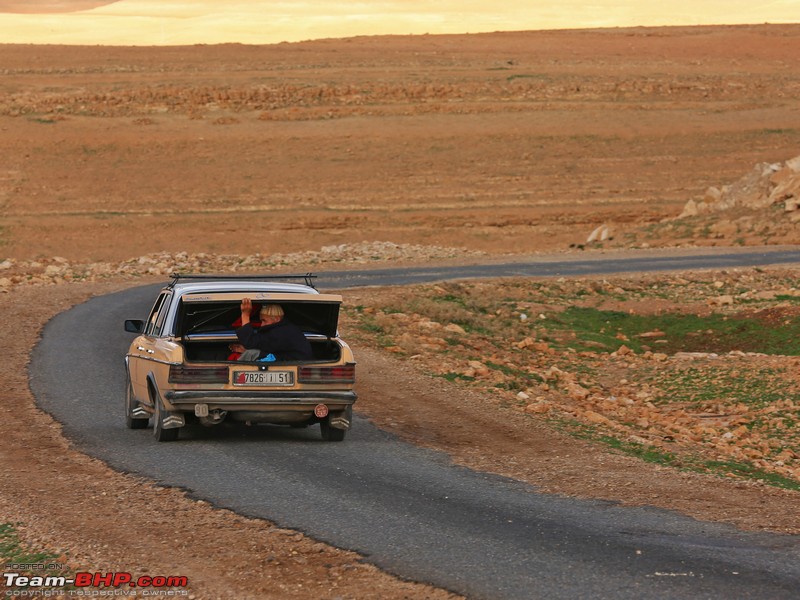
Even if I pulled off the road to let oncoming traffic by, I hardly felt a jolt or a bump. You can pull off the road and still keep going. A testament to this was things lying around on the back seat never falling off onto the floor.
Although narrow, the roads later improved. There are certain roads which have water running across and one needs to wade through carefully:
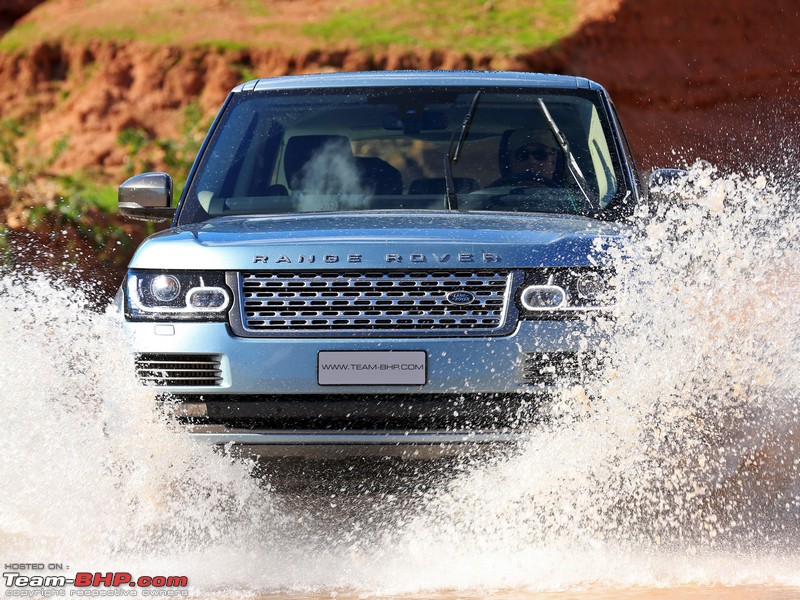
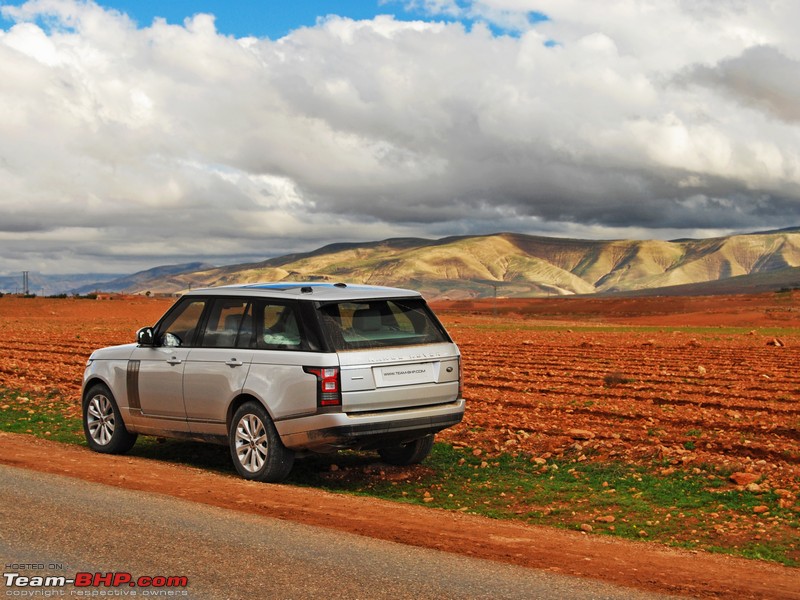

 (47)
Thanks
(47)
Thanks

 (40)
Thanks
(40)
Thanks

 (31)
Thanks
(31)
Thanks

 (34)
Thanks
(34)
Thanks

 (30)
Thanks
(30)
Thanks

 (32)
Thanks
(32)
Thanks

 (27)
Thanks
(27)
Thanks

 (38)
Thanks
(38)
Thanks

 (70)
Thanks
(70)
Thanks






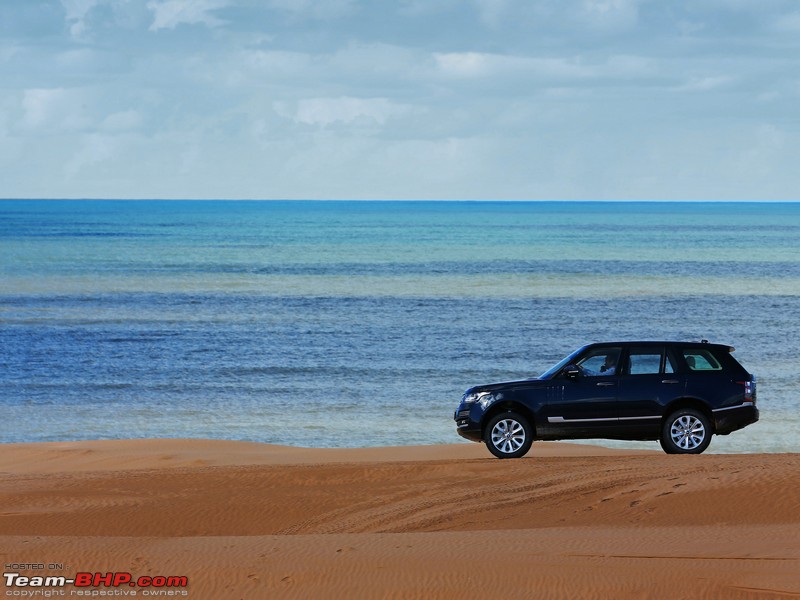

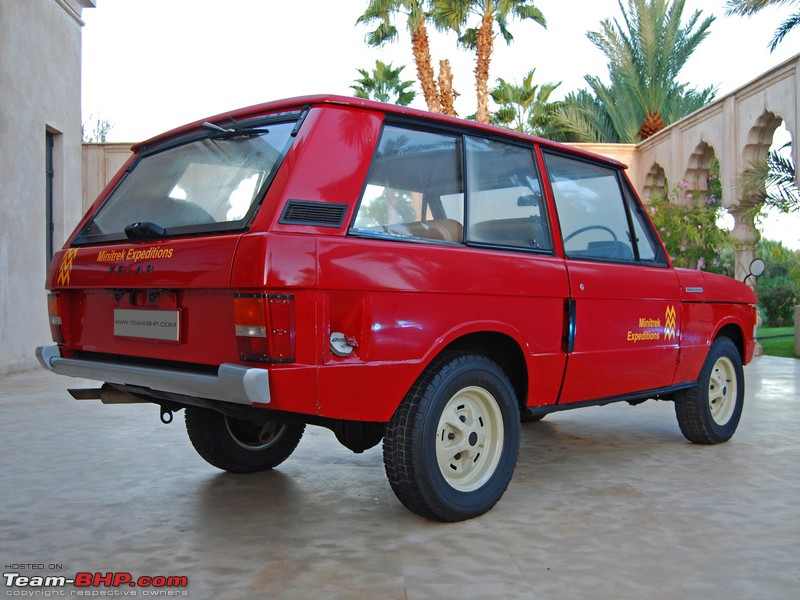
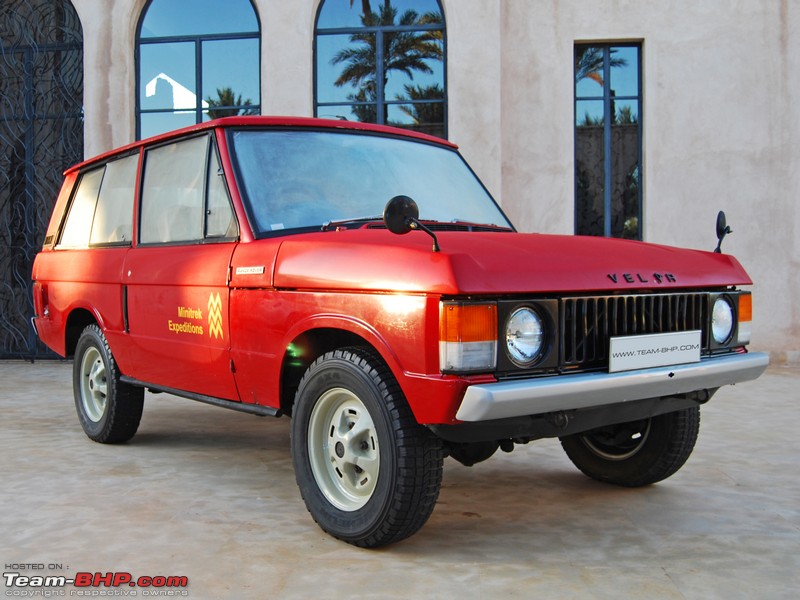
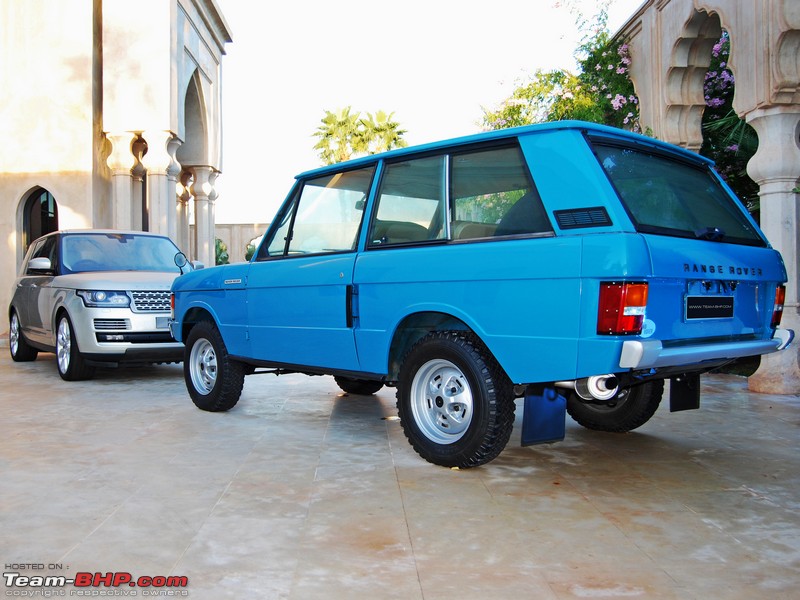
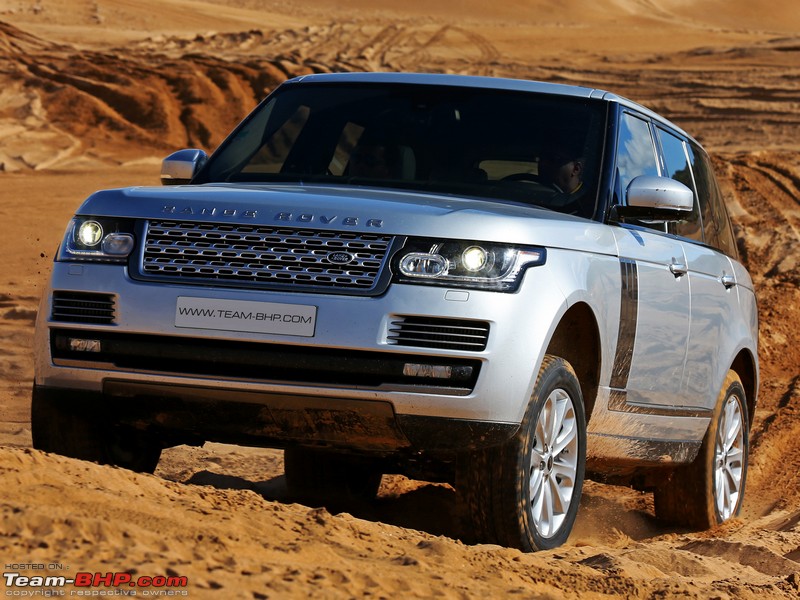

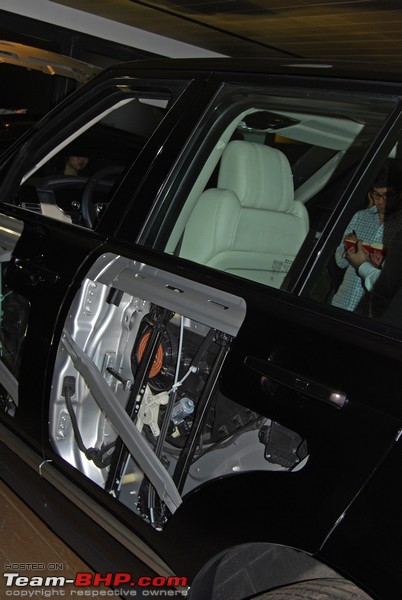
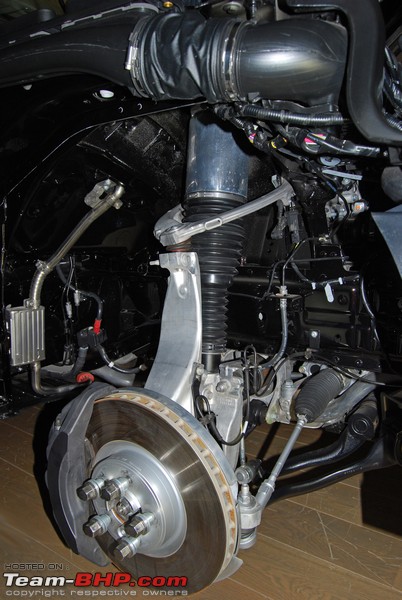
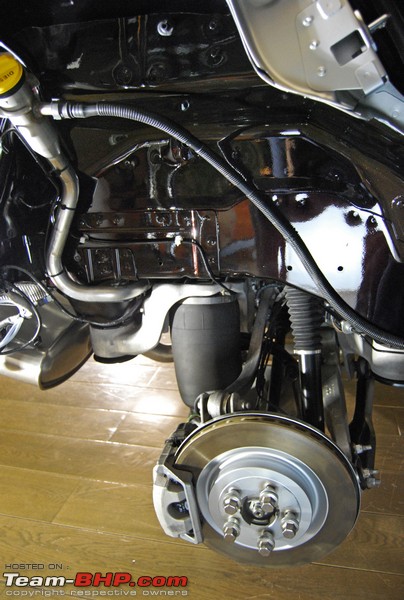
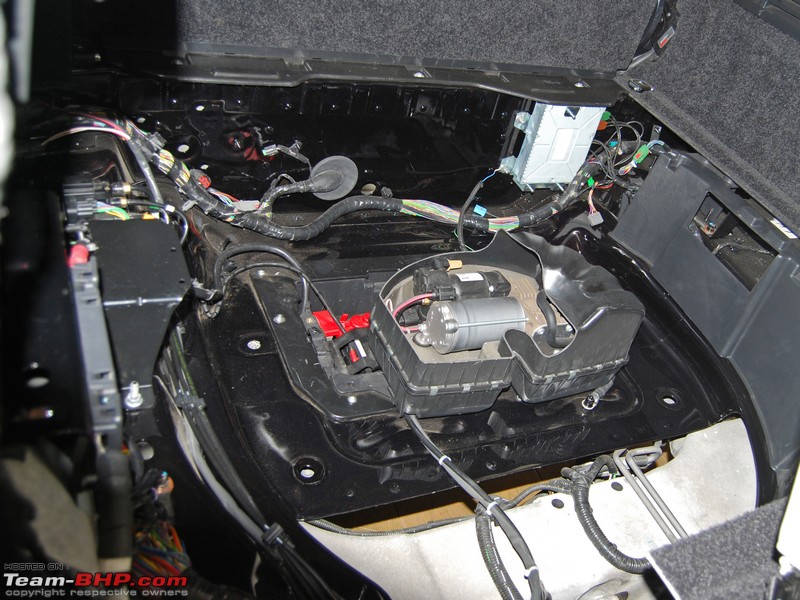

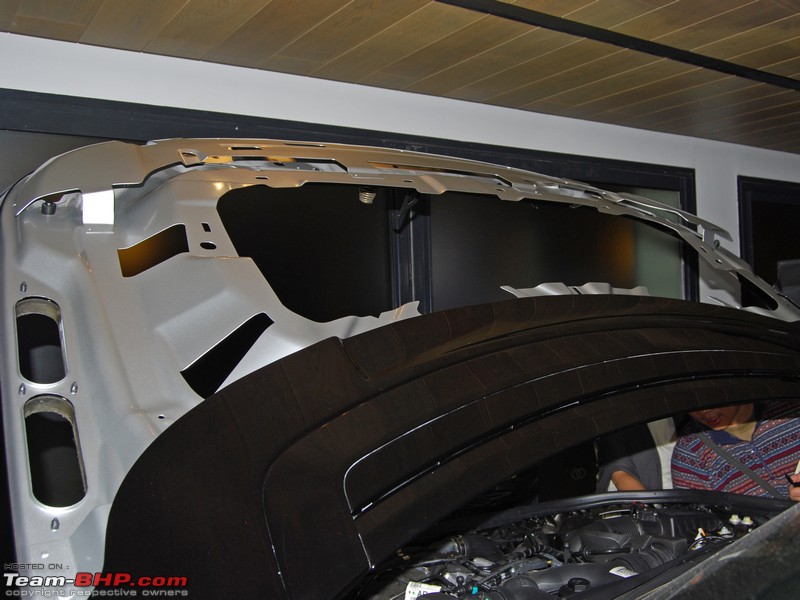
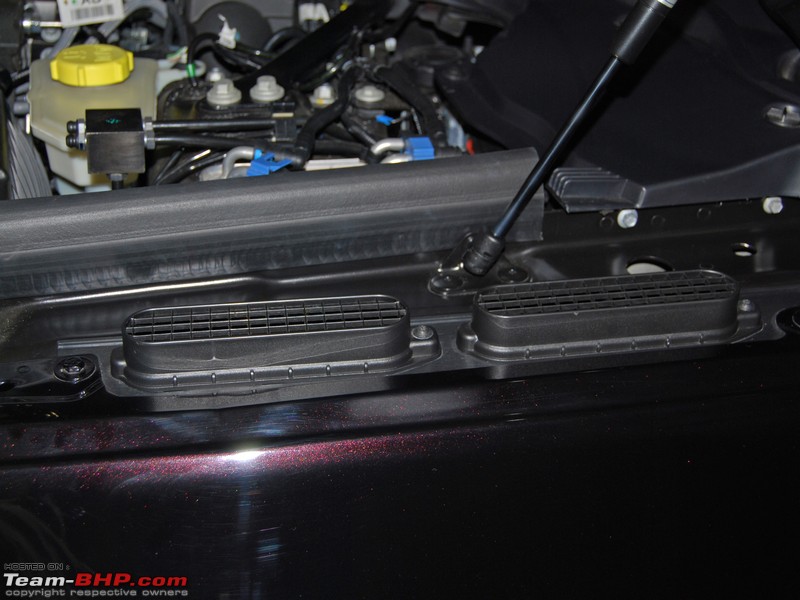
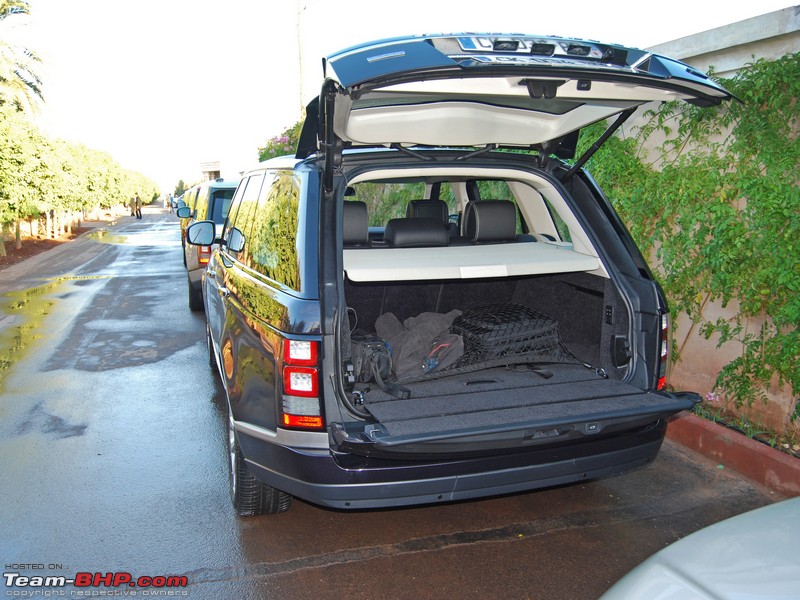
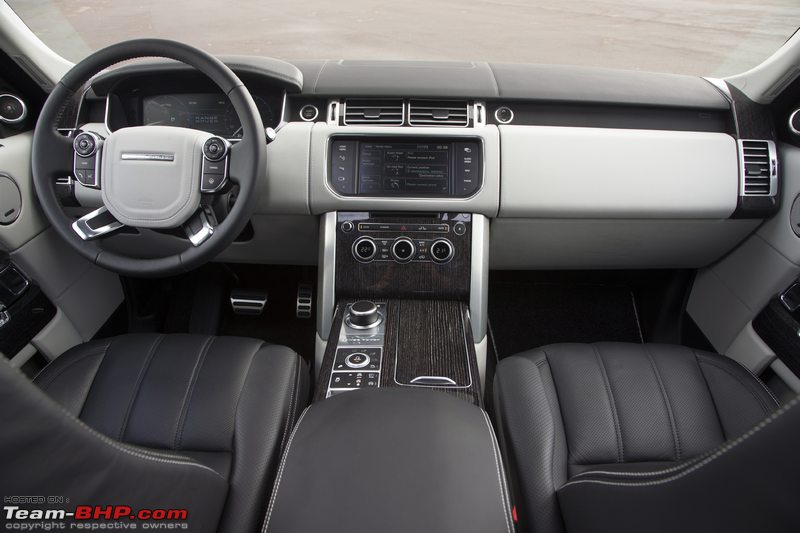
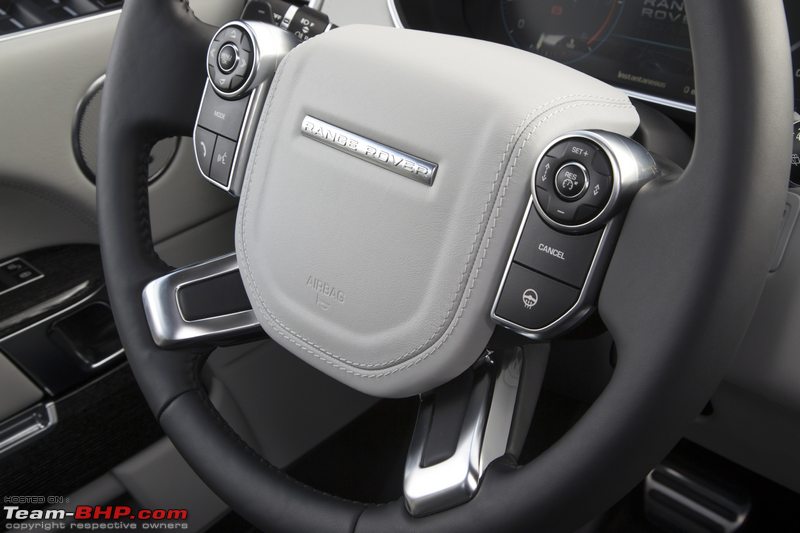
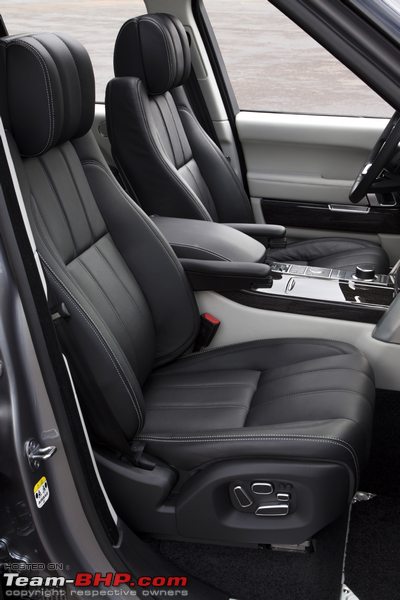
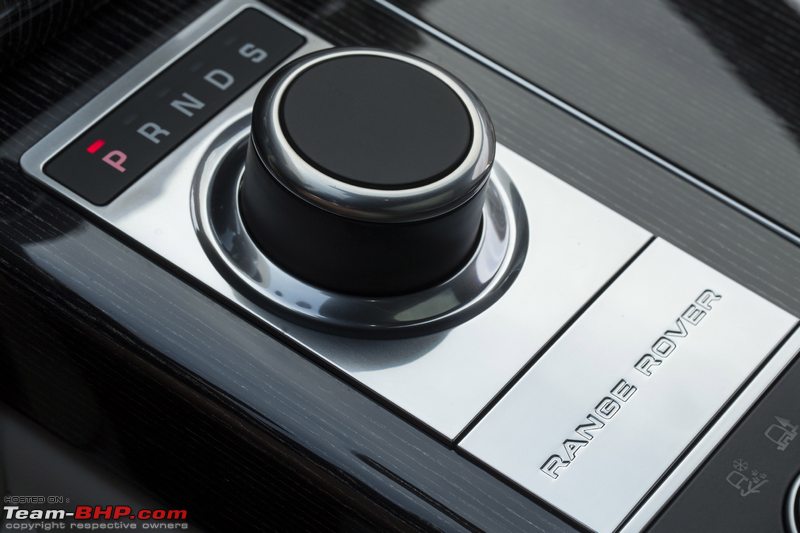

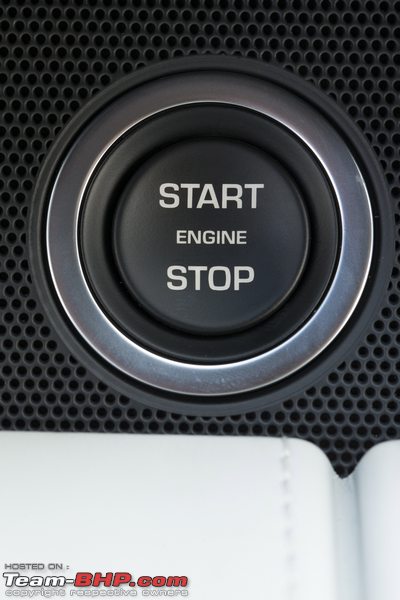
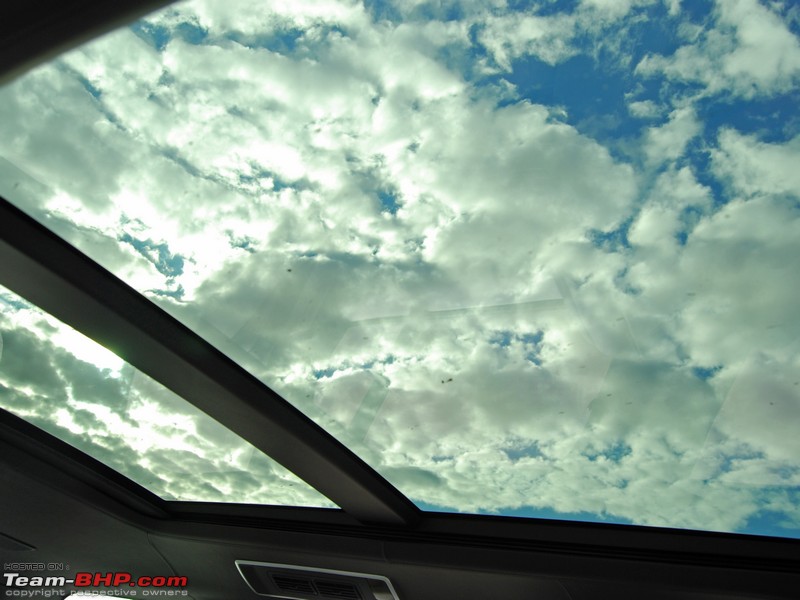
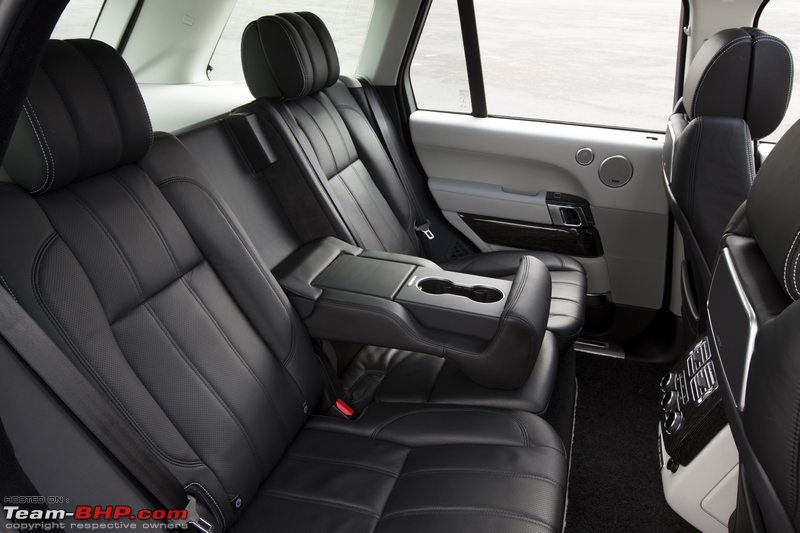
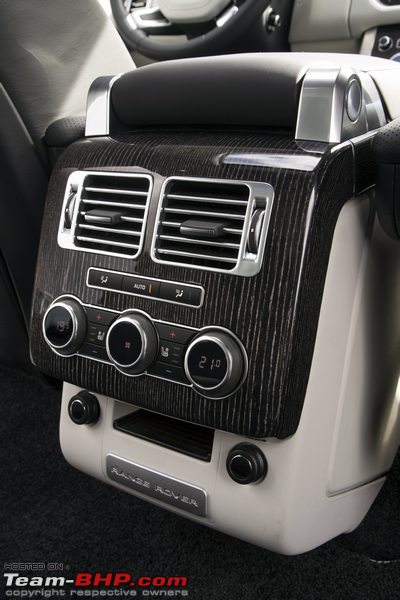
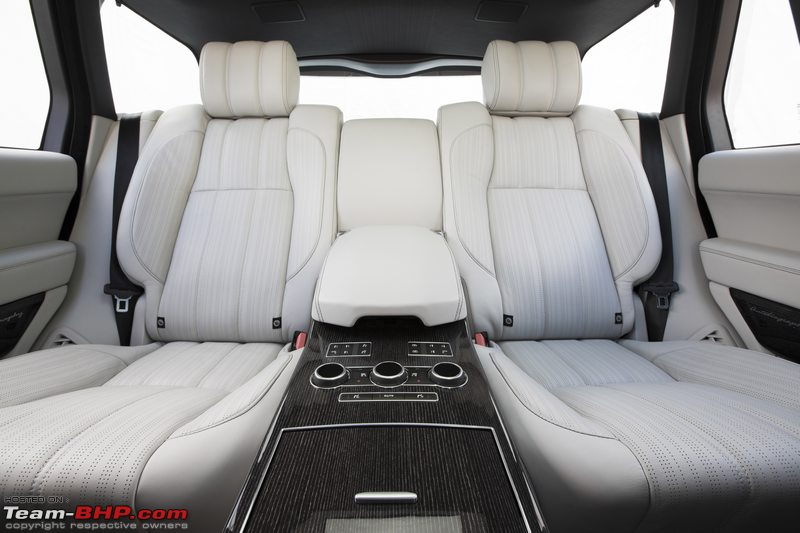

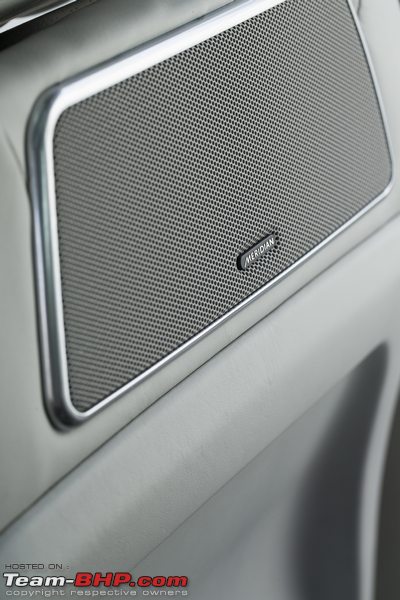






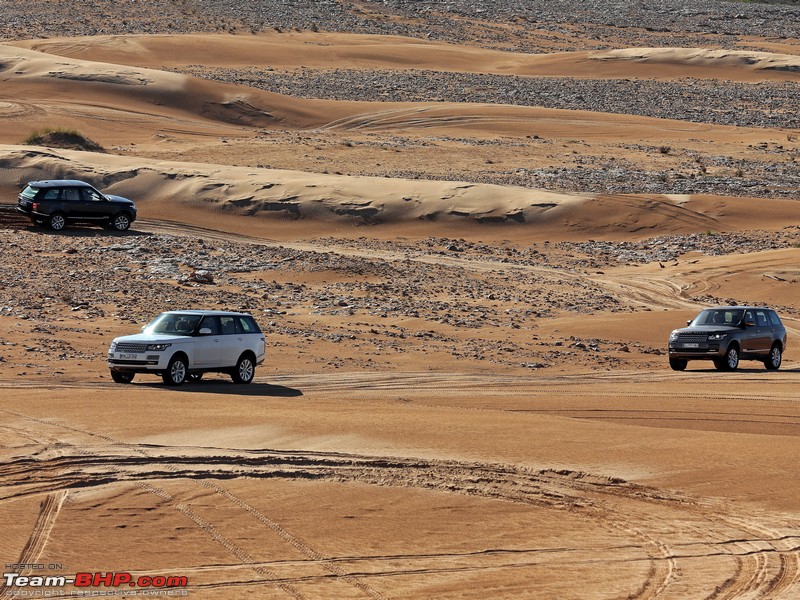

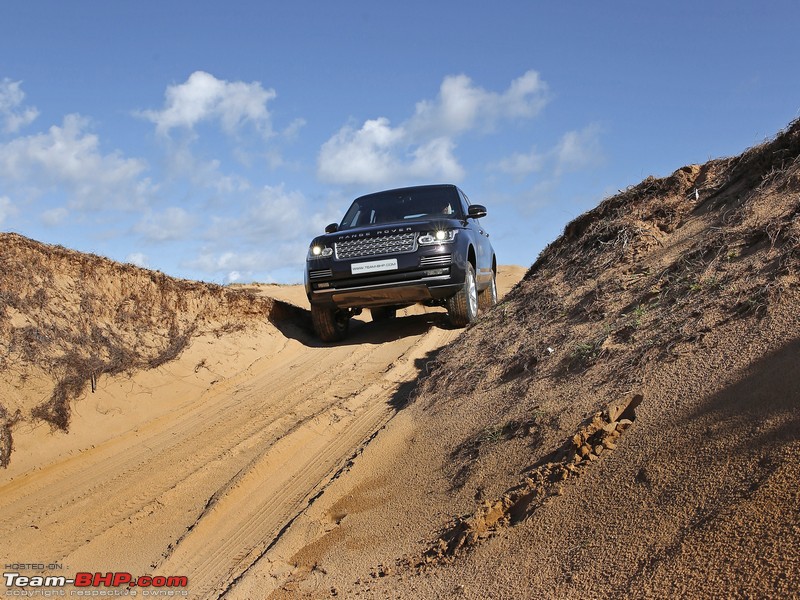
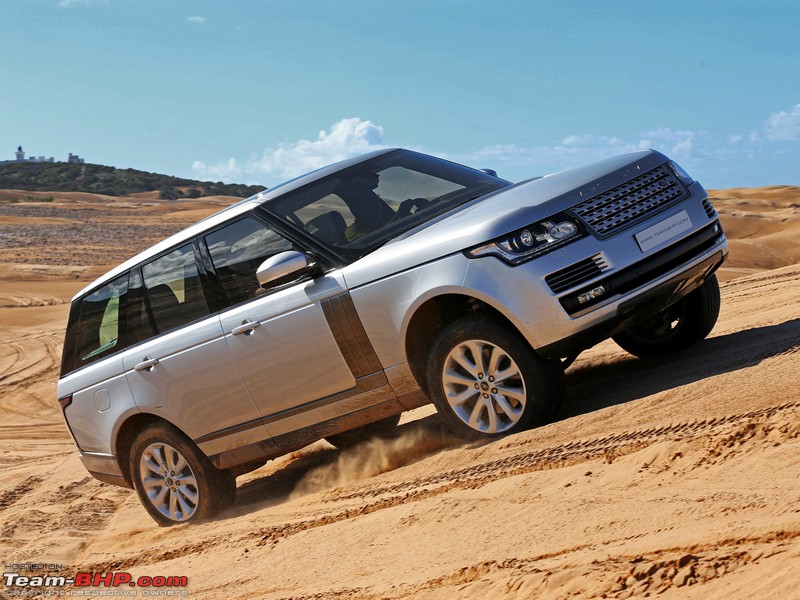
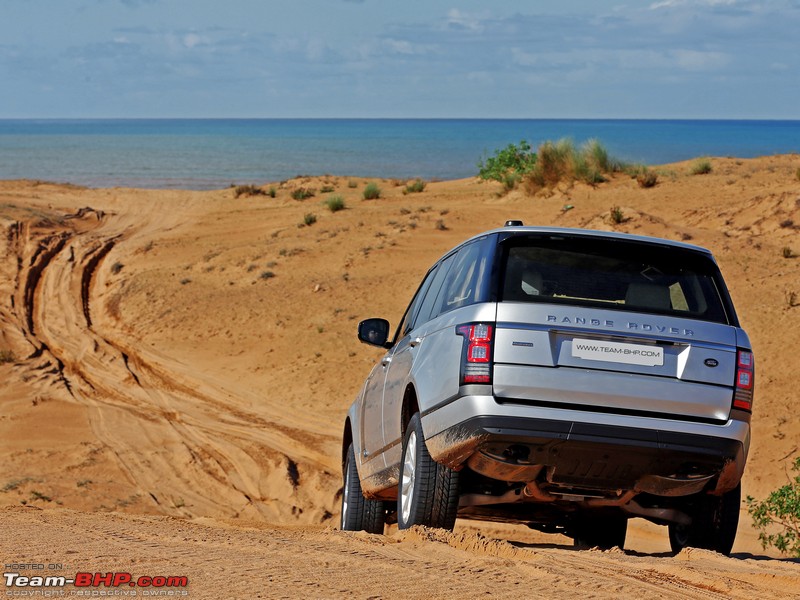

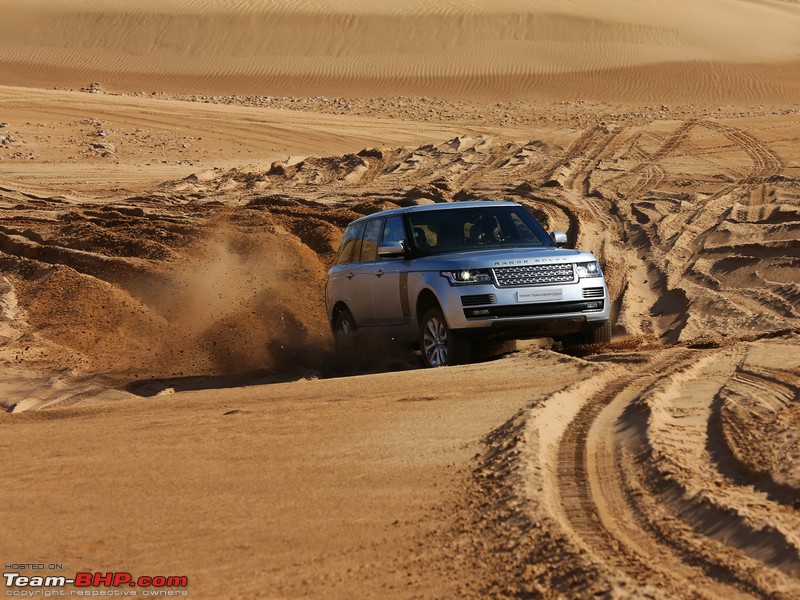
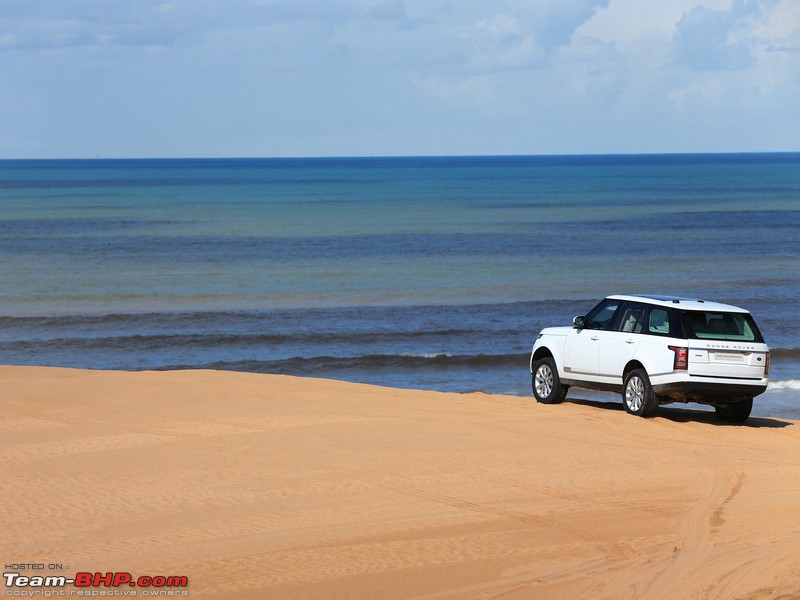
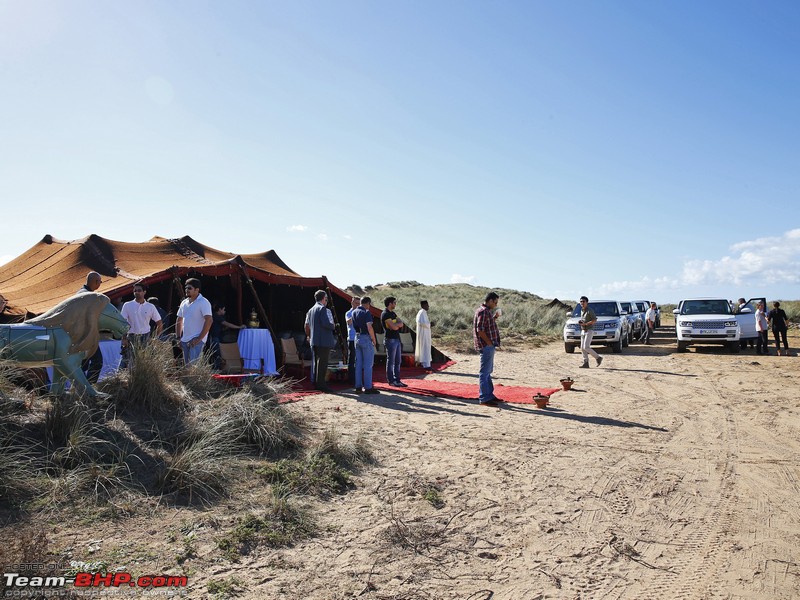
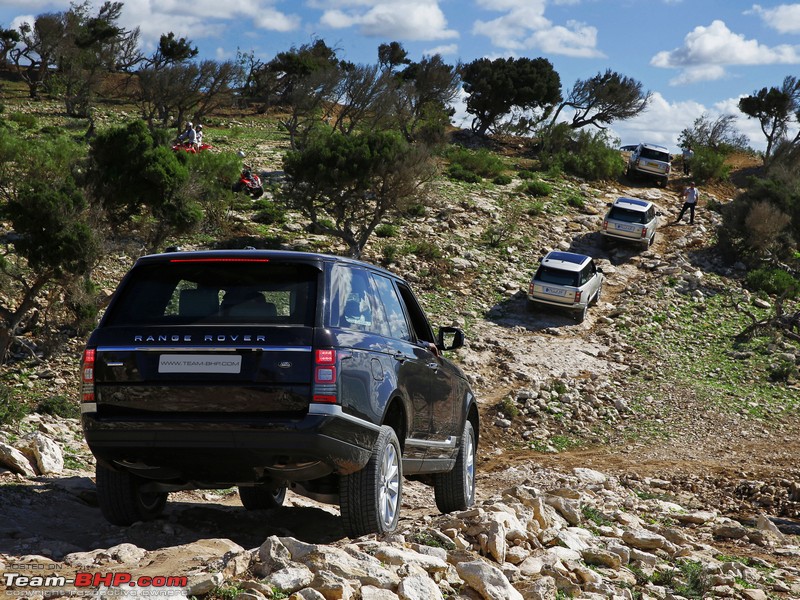

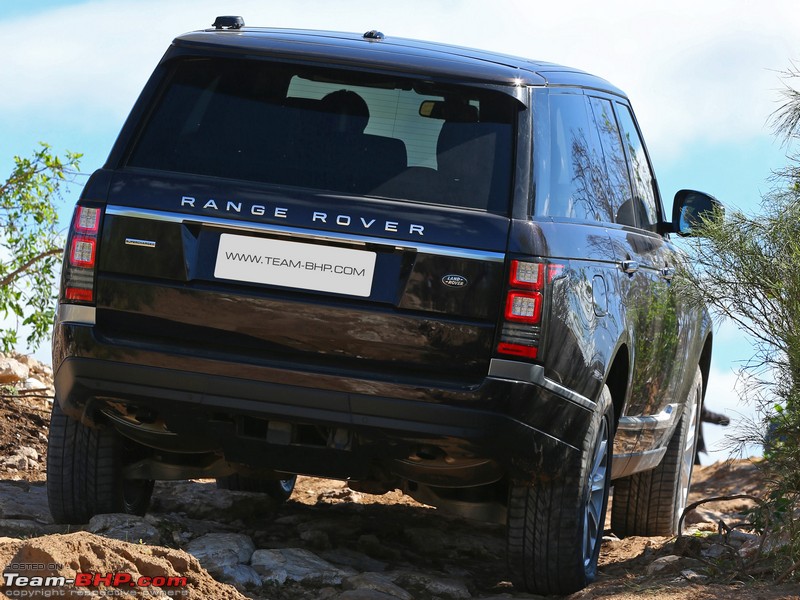
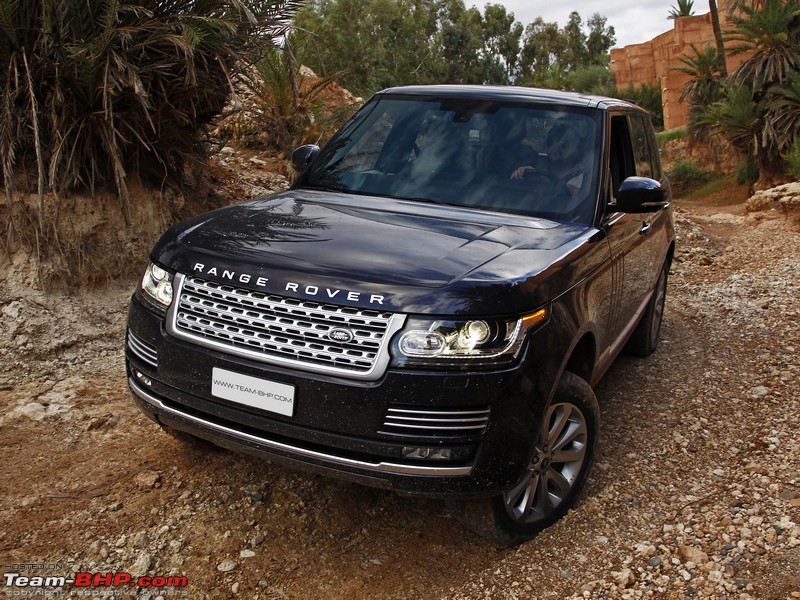
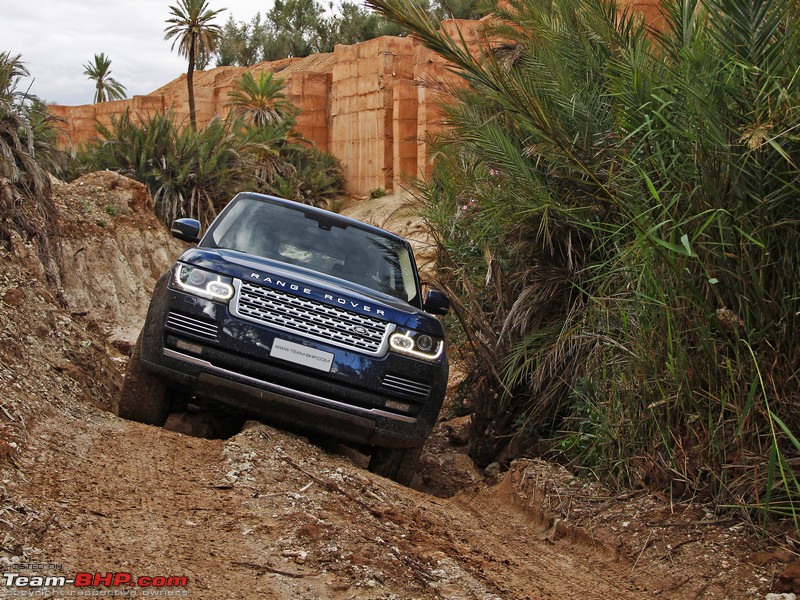

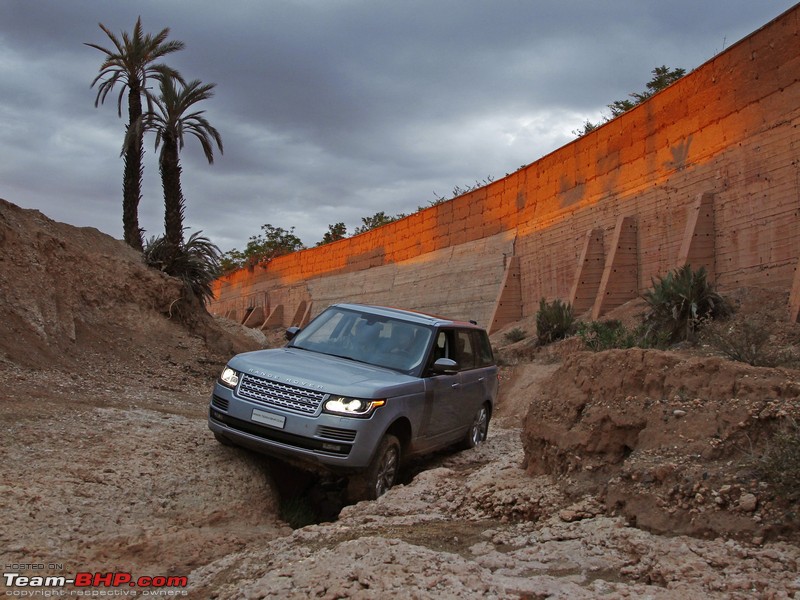
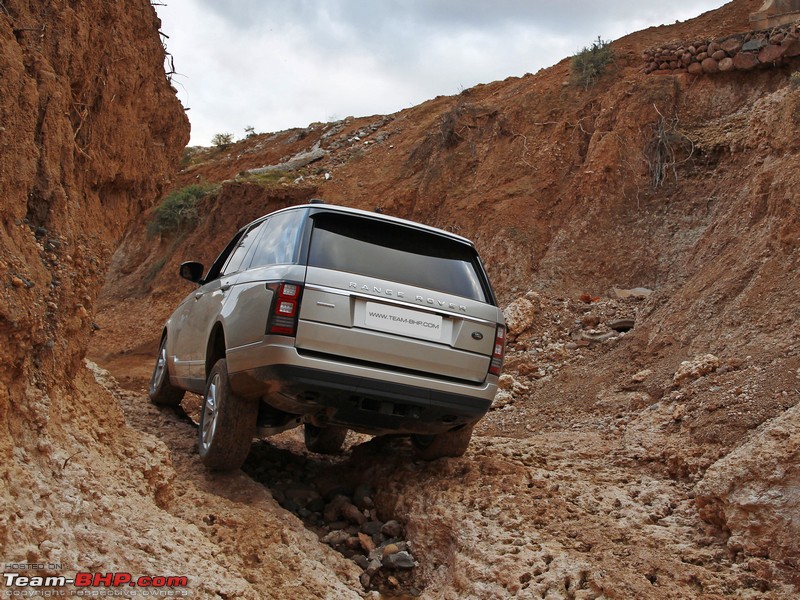
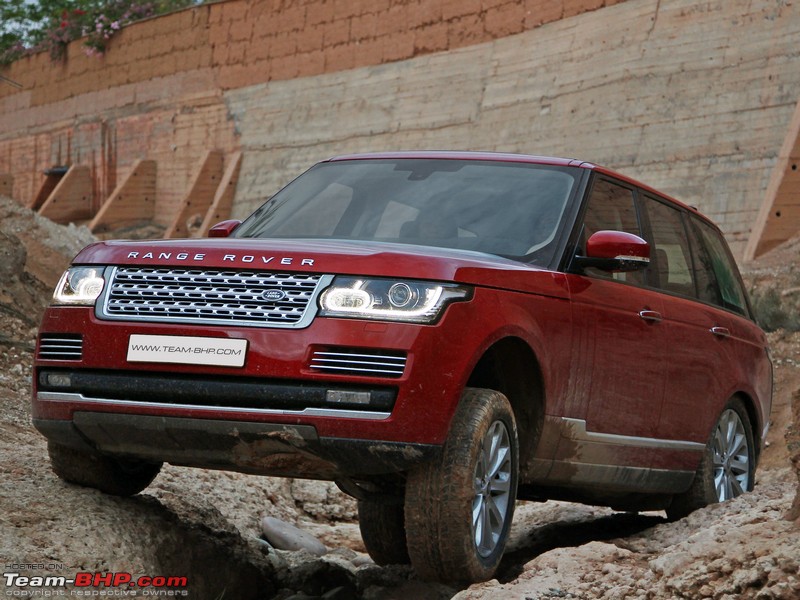

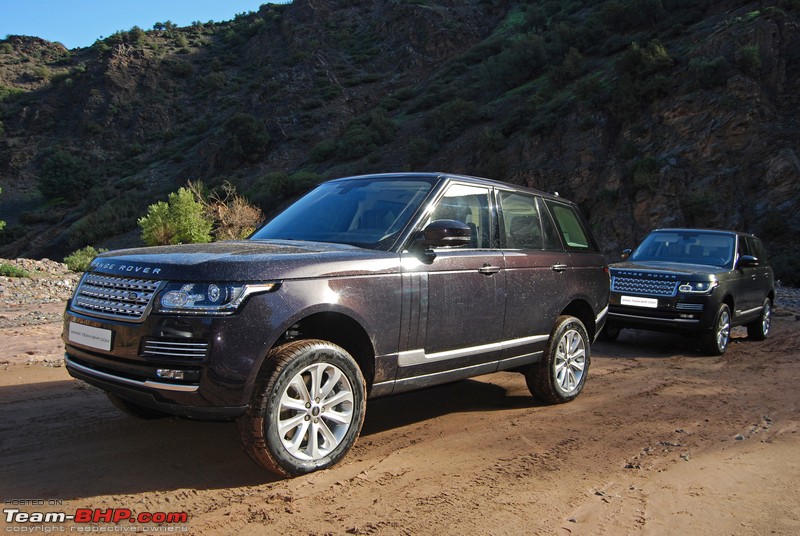
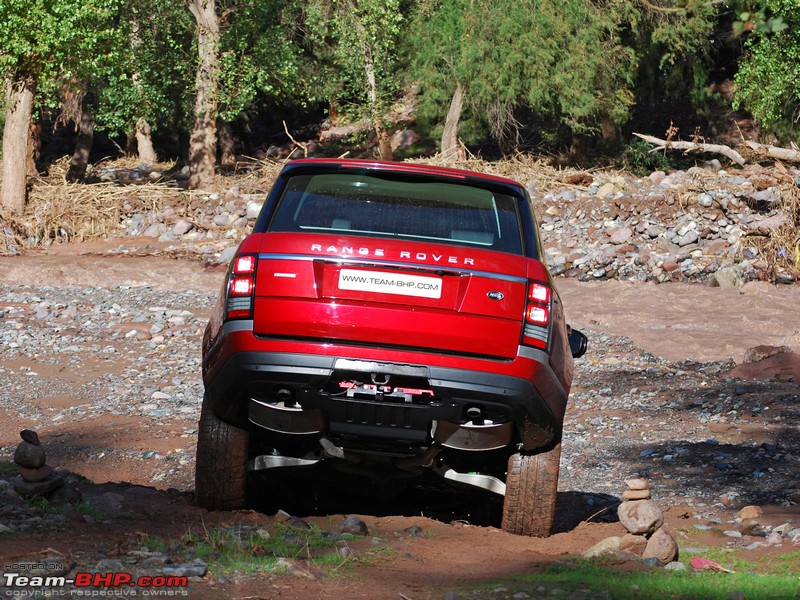
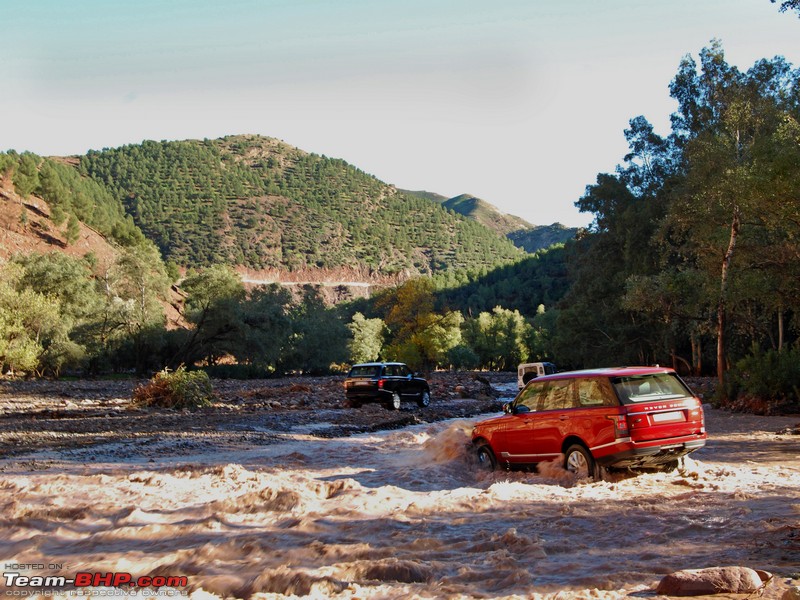

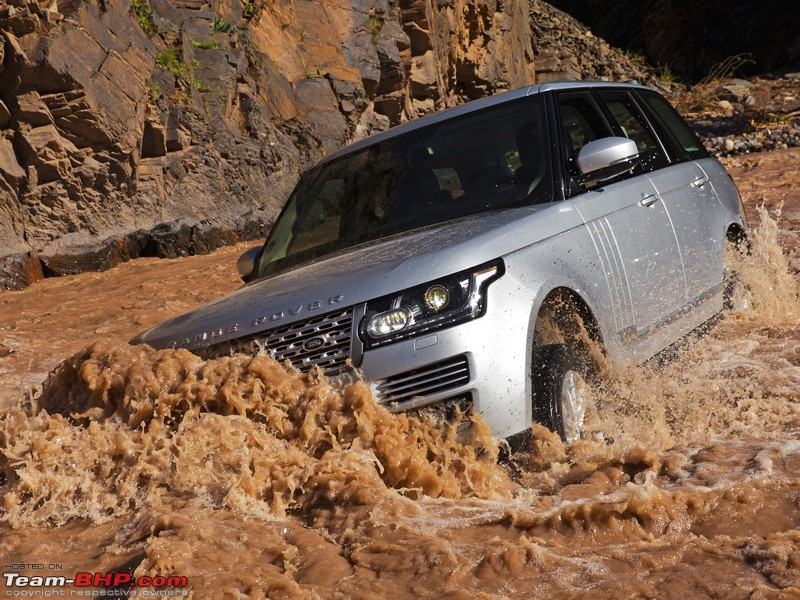
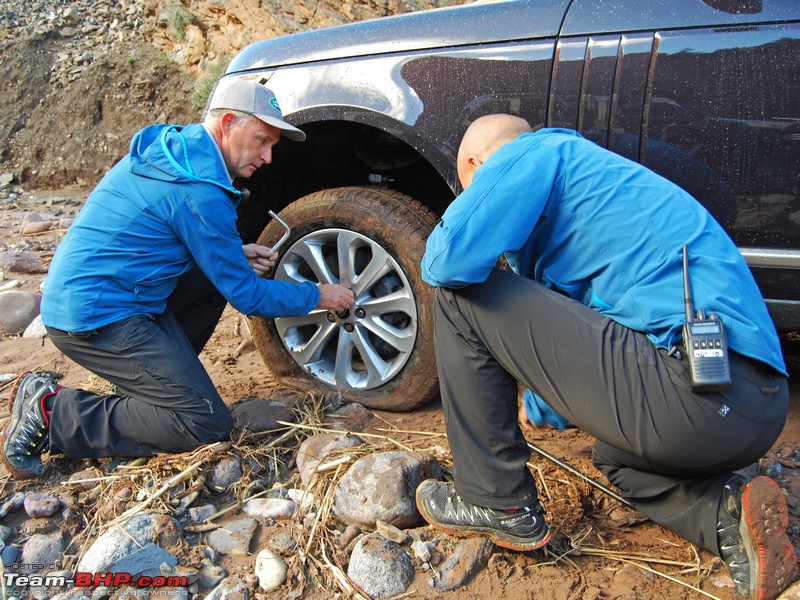
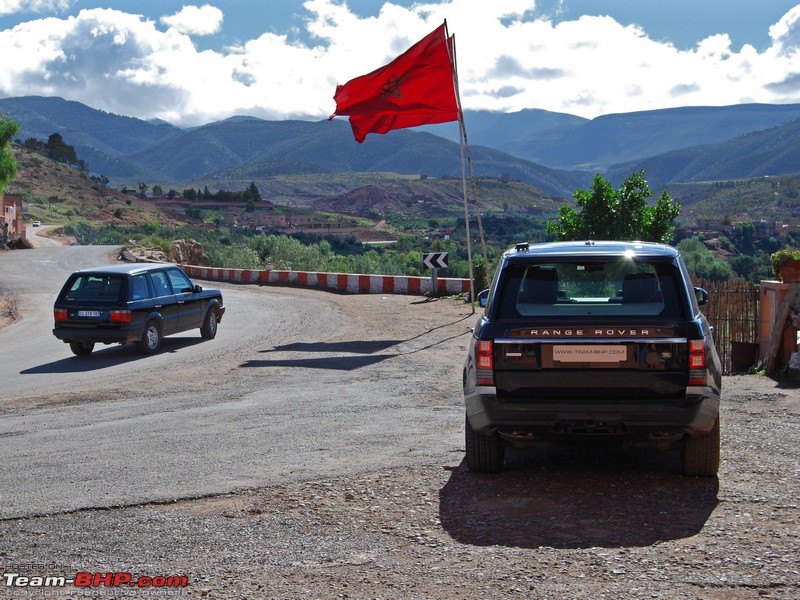

 Love those pictures, especially where the LR is almost 3/4th in the water. Thanks for sharing. I can only wish to get an opportunity to drive one of those.
Love those pictures, especially where the LR is almost 3/4th in the water. Thanks for sharing. I can only wish to get an opportunity to drive one of those.